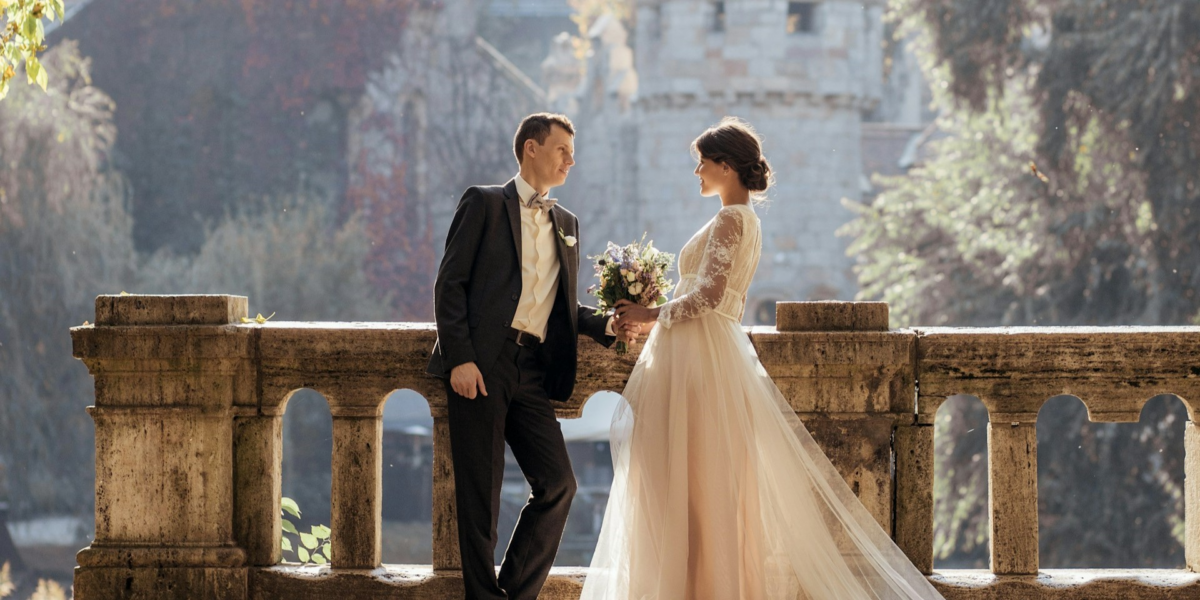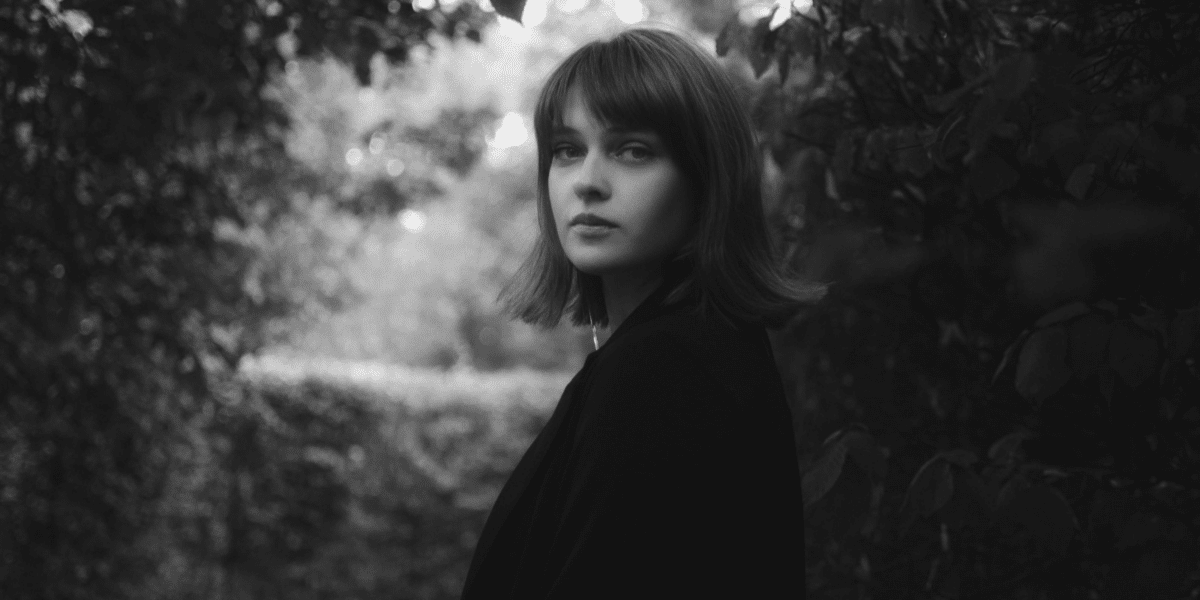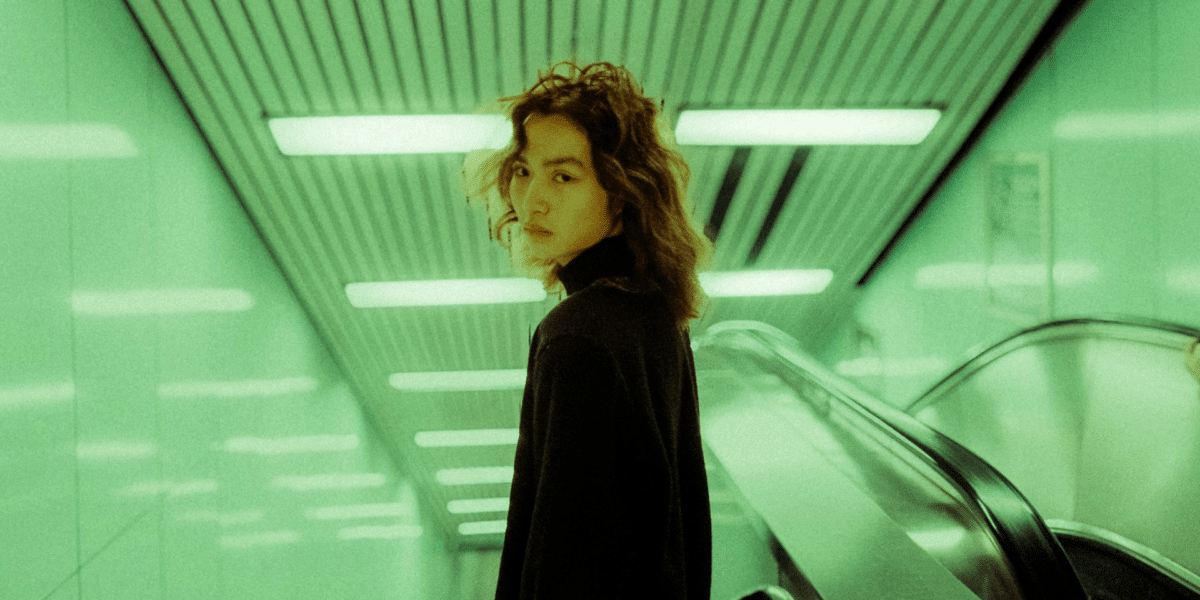Exploring How Animated Films Inspire Cosplay: A Beginner’s Guide
Animated films have long captured the hearts and imaginations of audiences around the world with their colorful characters, imaginative worlds, and captivating stories. From beloved classics like Disney’s “The Lion King” to modern masterpieces like Pixar’s “Toy Story,” animated films inspire creativity and fandom in a way that few other mediums can match. One of the most popular ways that fans express their love for animated films is through cosplay, the art of dressing up as characters from movies, TV shows, video games, and other forms of media. In this beginner’s guide, we’ll explore how animated films inspire cosplay and offer tips for getting started on your own cosplay journey.
The Magic of Animated Characters
Animated films are filled with a diverse cast of characters, each with their own unique personalities, designs, and quirks. Whether they’re brave heroes, cunning villains, or lovable sidekicks, these characters capture the imagination and leave a lasting impression on audiences of all ages. From iconic Disney princesses like Cinderella and Belle to mischievous Pixar characters like Woody and Buzz Lightyear, animated films offer a treasure trove of inspiration for cosplay enthusiasts looking to bring their favorite characters to life.
Bringing Characters to Life
Cosplay is all about embodying your favorite characters and bringing them to life through costumes, makeup, and props. For fans of animated films, cosplay offers the opportunity to step into the shoes of beloved characters and immerse themselves in their worlds. Whether you’re donning a ballgown and glass slippers to become Cinderella or crafting a suit of armor to transform into Iron Man, cosplay allows you to channel your creativity and pay homage to the characters and stories that have touched your heart.
Inspiration from Animation Studios
Animation studios like Disney, Pixar, Studio Ghibli, and DreamWorks have produced some of the most iconic and beloved animated films of all time, inspiring countless cosplayers to recreate their favorite characters. From the intricate costumes of Studio Ghibli’s “Spirited Away” to the whimsical designs of Disney’s “Frozen,” animation studios excel at creating visually stunning and memorable characters that lend themselves well to cosplay. Whether you’re drawn to the fairy-tale romance of Disney princesses or the heartwarming friendships of Pixar’s animated heroes, there’s no shortage of inspiration to be found in the world of animated films.
Tips for Getting Started
If you’re new to cosplay and looking to create your own animated film-inspired costumes, here are a few tips to help you get started:
Research Your Character
Start by researching your chosen character to familiarize yourself with their appearance, personality, and backstory. Watch the movie or TV show they appear in, study reference images, and pay attention to details like clothing, accessories, and hairstyles.
Plan Your Costume
Once you’ve chosen a character, sketch out your costume design and make a list of materials and supplies you’ll need to bring it to life. Consider factors like budget, time constraints, and your skill level when planning your costume, and don’t be afraid to get creative with DIY solutions.
Gather Materials and Supplies
Collect all the materials and supplies you’ll need to create your costume, including fabric, sewing supplies, wigs, makeup, and props. Look for tutorials and guides online to help you with specific techniques or crafting processes, and don’t hesitate to reach out to other cosplayers for advice and support.
Attend Events and Conventions
Once your costume is complete, consider attending cosplay events, conventions, and meetups to showcase your creation and connect with other fans. Cosplay events offer a supportive and inclusive community where you can share your love for animated films and admire the creativity of fellow cosplayers.
Have Fun and Be Creative
Above all, remember to have fun and be creative with your cosplay endeavors. Don’t worry about achieving perfection or comparing yourself to other cosplayers – cosplay is about expressing yourself and celebrating your love for your favorite characters. Embrace your creativity, experiment with different techniques, and most importantly, enjoy the process of bringing animated film characters to life through cosplay.
Embrace Your Creativity with Cosplay
In conclusion, animated films inspire cosplay in countless ways, from the colorful characters and imaginative worlds they create to the iconic costumes and memorable moments they provide. Whether you’re a seasoned cosplayer or a beginner looking to get started, animated films offer a wealth of inspiration and creativity for bringing your favorite characters to life through cosplay. By researching your character, planning your costume, gathering materials, attending events, and embracing your creativity, you can embark on a cosplay journey that celebrates the magic and wonder of animated films in all their glory. So grab your sewing kit, brush up on your makeup skills, and get ready to cosplay your favorite animated characters like never before!










